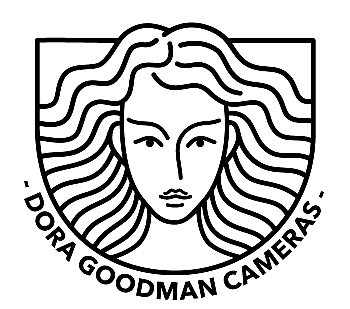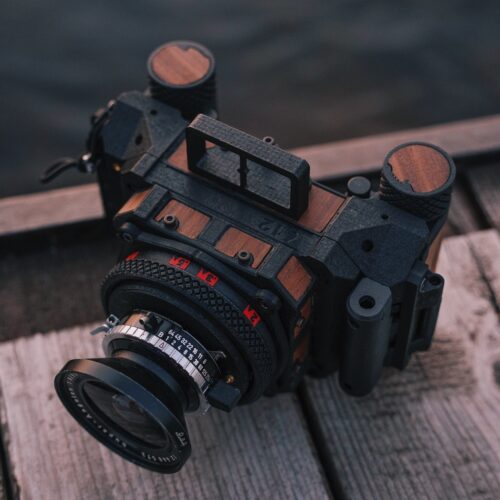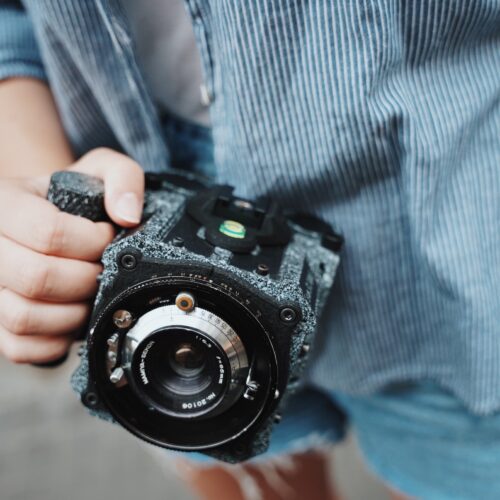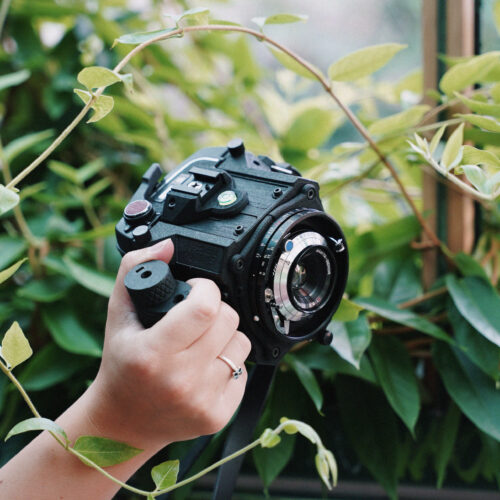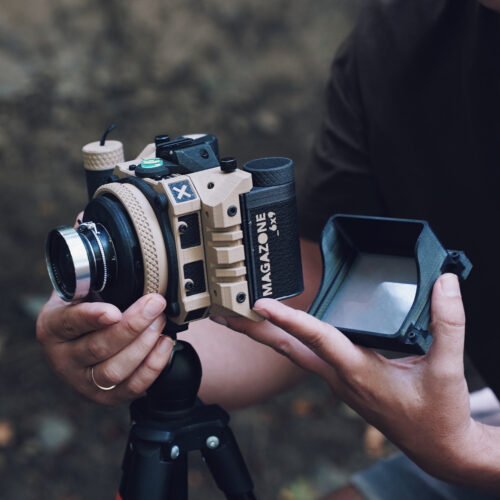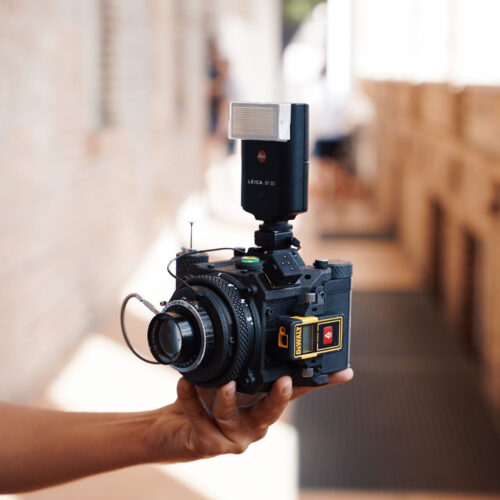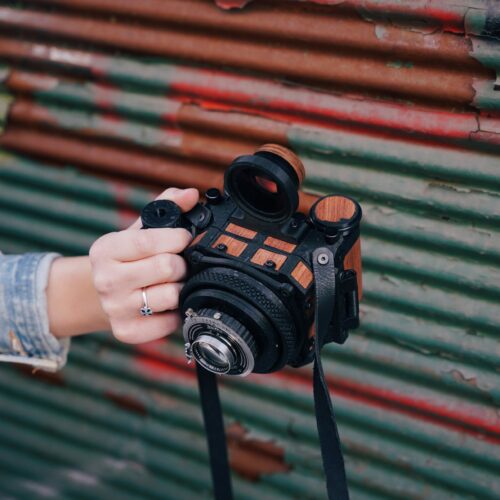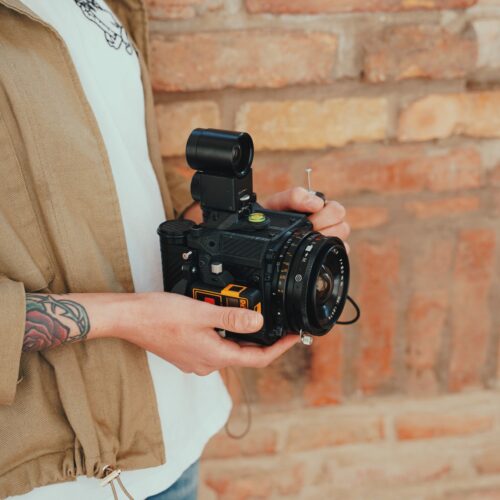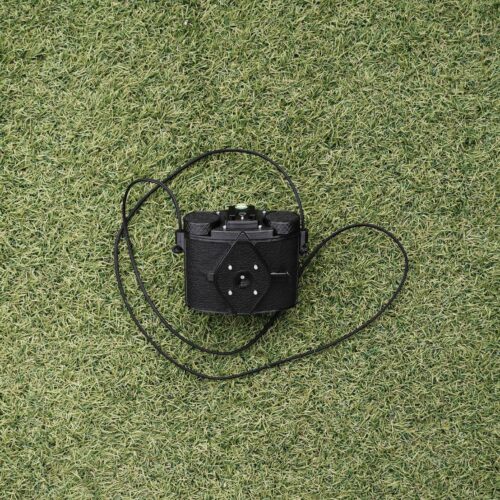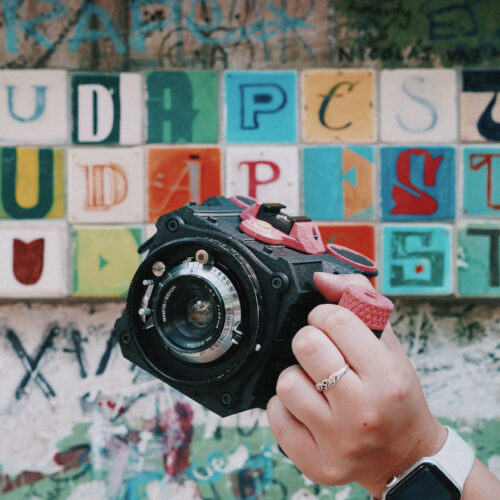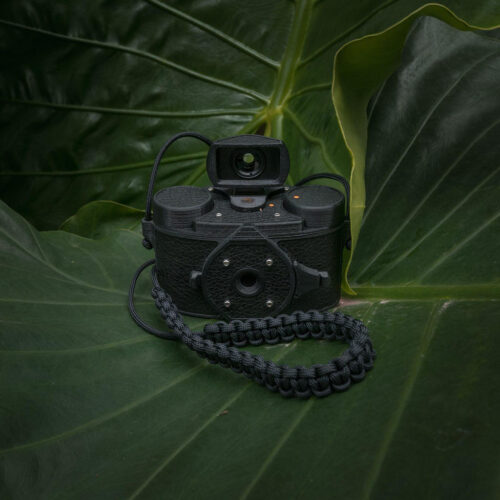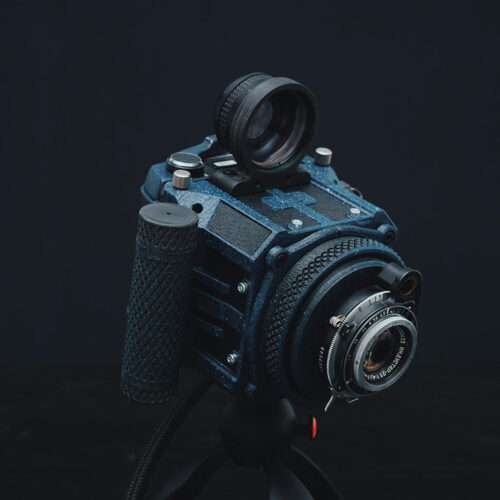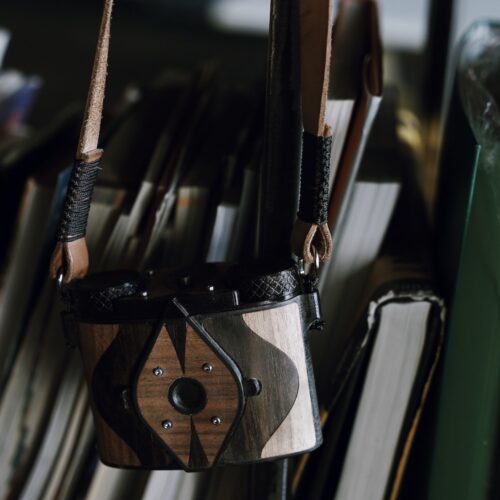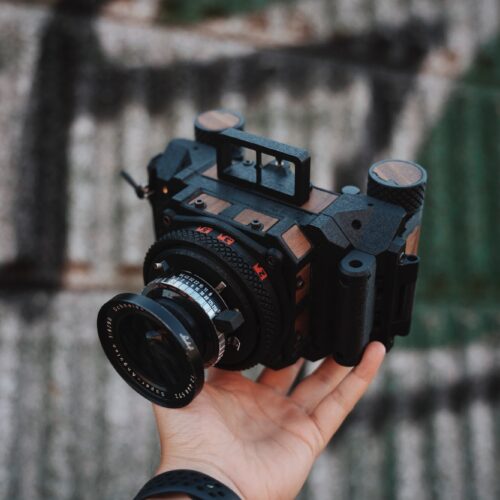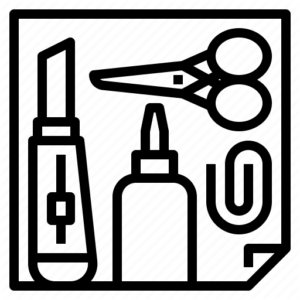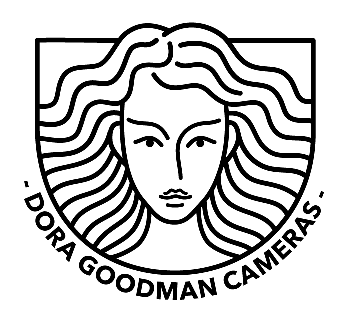Analog photography has been around for over a century, evolving as technology changes. Throughout time, the film photography community has served as a collection of minds; minds that collaborate, design, and fine-tune continuously. Our brand builds on this mindset.
At Dora Goodman Cameras we take traditional analog photography to a new level, mixing the old with the new. We design & build one-of-a-kind 3D printed film cameras.
Using today’s tools, such as 3D printing, we are constantly finding creative ways to bring new life to the products that the community knows and loves, as well as building modern and innovative products to further captivate photographers’ imaginations. From beginner to professional, we move forward together.
